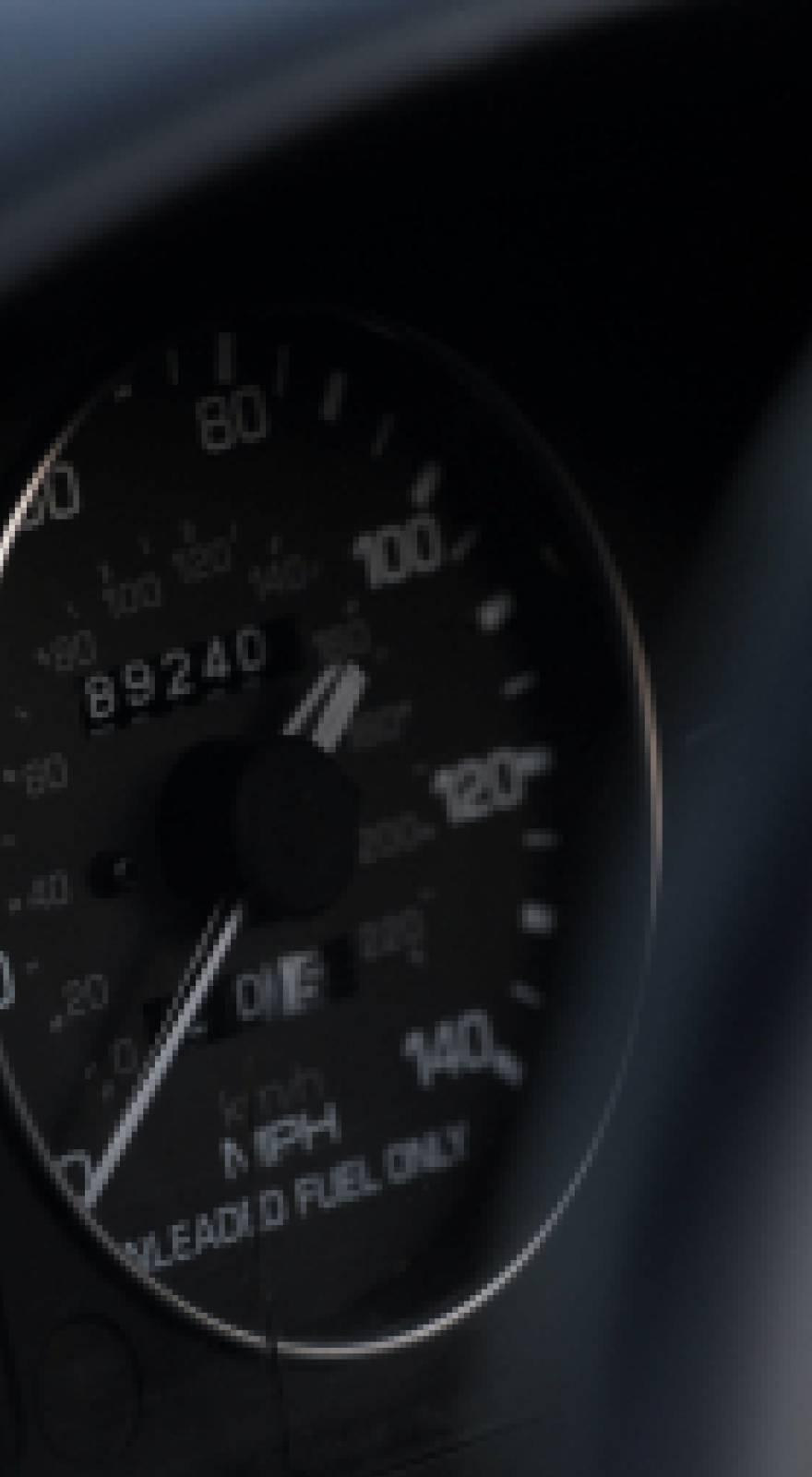Knowde Enhanced TDS
Identification & Functionality
- Chemical Family
- Fillers Included
- Polymer Name
- Plastics & Elastomers Functions
- Technologies
Features & Benefits
- Materials Features
- Key Features
- Fast Cycles
- The Molding Cycle Is Shorter Than That Of General Pps Reinforce By 40% Glassfiber With High Mechanical Strenth
- Fast Moding
- Short Production Cycles
- The Weld Line Strength And High
- Benefits and Advantage
- Precision Molding, Flame Retardant, Good Electrical Performance, Heat Shock, Excellent Thermosetting Resin And Ceramic Substitute Materials, Easy Molding Processing
- Processing Cycle Is Short, Good Adhesion, Bibulous Rate Is Low, Cost-Effective, Ul 94 V Flame Retardant Grade 0, Good Resistance To Creep, Stability Of Lead-Free Solder.
- In The Infrared Spectrum And Lead-Free Reflow Soldering Temperature Stability, High Cost, Ul 94 V-0 Flame Retardant Grade, Good Fluidity, Creep Resistance, Good Dimentional Stability
- Ul 94 V-0 Flame Retardant Grade, Good Mobility, Weld Line Strength Is Better Than Lcp, High Modulus, Good Electrical Performance, Short Processing Cycle, Creep Resistance Can Be Good, Excellent Metal And Ceramic Alternative Materials
- Ul 94 V-0, Good Electrical Properties, Fast Cycling, Metal, Ceramic And Thermoset Replacement, Excellent Weld Line Strength, Low Moisture Absorption, High Temperature Resistance, Saving Material Costs, Reduce Weight.
- Good Chemical Resistance, Good Dimensional Stability, Excellent Thermal Stability, Low Processing Cost
Applications & Uses
- Applications
- Plastics & Elastomers Processing Methods
- Typical Applications
In the electronics industry for the production of connectors, wiring device, frequency divider and a variety of instrument components, such as shell
- in the aerospace industry for the production of high strength, high temperature resistant and insulation of the high performance requirements of thin-walled parts;in the chemical industry for the production of corrosion-resistant valves, insulation devices in military products, for the production of precision electrical connectors, high strength, high temperature resistant contactor shell, motor module, pump impeller, pump, chemical pump etc.
Properties
- Mechanical Properties
- Thermal Properties
- Typical Properties
- Electrical Properties
- Processing Parameters
| Value | Units | Test Method / Conditions | |
| Tensile Strength | 195 | mPa | ISO 527 |
| Elongation at Break | 1.8 | % | ISO 527 |
| Flexural Modulus | 15 | GPa | ISO 178 |
| Flexural Strength | 285 | mPa | ISO178 |
| Charpy Impact Strength (V-notched) | 11 | kJ/m² | IS0 179 |
| Value | Units | Test Method / Conditions | |
| Melting temperature (10°C/min) | 280 | °C | ISO 11357 |
| Heat Deflection Tem p High Load (1.8MPa) | 260 | °C | ISO 75 |
| Flammability | V-0 | class | UL-94 |
| Value | Units | Test Method / Conditions | |
| Density | 1660 | kg/m³ | ISO 1183 |
| Mold shrinkage (Machine Direction) | 0.3 | % | GB/T 15585 |
| Mold shrinkage (Transverse Direction) | 0.7 | % | GB/T 15585 |
| Water Absorption (23°C-sat) | 0.02 | % | ISO 62 |
| Value | Units | Test Method / Conditions | |
| Dielectric Strength | 16 | KV/mm | IEC 60243 |
| Dielectric Constant | 4.2 | - | IEC 60250 |
| Dissipation Factor | 0.002 | - | IEC 60250 |
| Volume Resistivity | 2×10^15 | Ω.cm | IEC 60093 |
| CTI | 150 | V | IEC 60112 |
| Value | Units | Test Method / Conditions | |
| Drying at 3h | 150 | °C | - |
| Injection Pressure | 30~100 | mPa | - |
| Injection Molding Melt Temperature | 290~330 | °C | ISO 294 |
| Injection Molding Melt Temperature | 120~160 | °C | ISO 294 |
| Limit in-cylinder retention time at 300°C | min. 60 | - | - |
| Limit in-cylinder retention time at 300°C | min. 45 | - | - |
| Limit in-cylinder retention time at 300°C | min. 76 | - | - |

